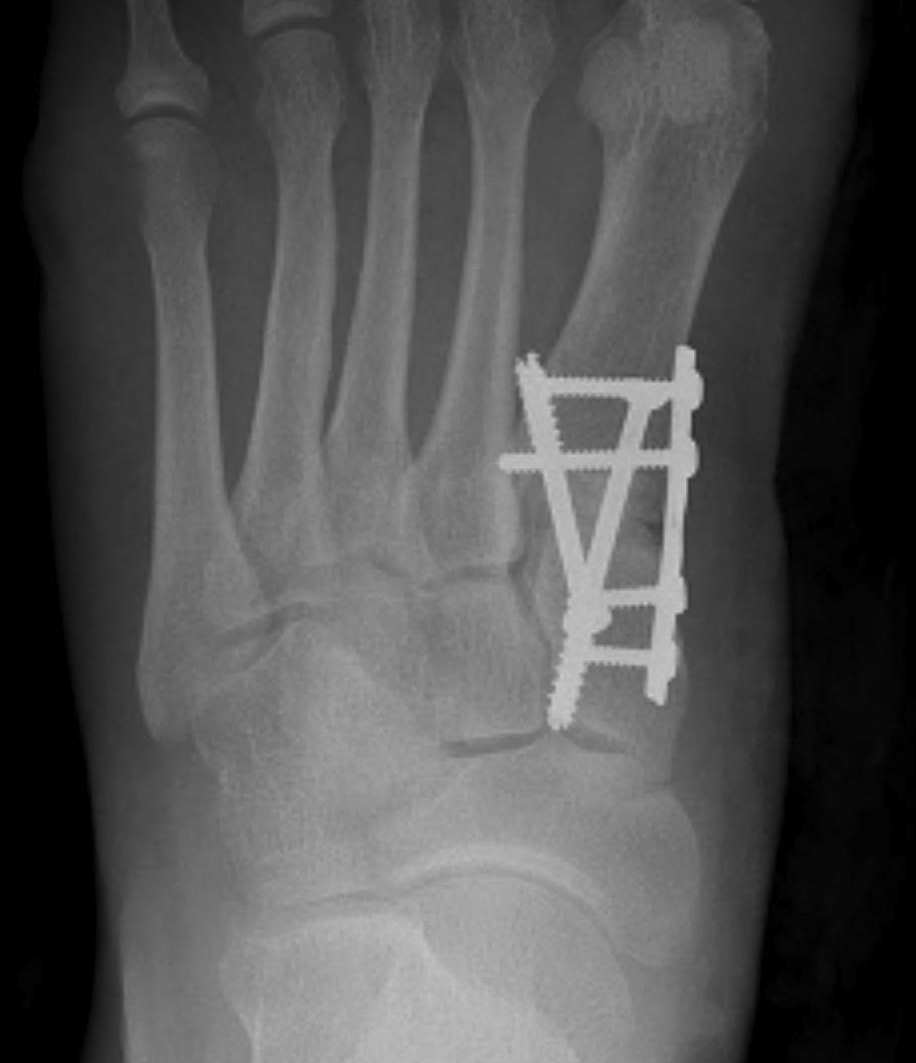Epidemiology
More common in girls
High incidence of positive family history (75%)
Can be associated with mild CP
Pathology

Congruent joint
- 50% compared with 9% in adult HV
Metatarsus primus varus
- increased IM angle
- often the primary deformity
Epiphyses usually still open
Oblique first TMTJ Angle
Ligamentous Laxity
Difference from Adult HV
Less severe
- no arthrosis
- sesamoid subluxation & pronation less common than in adult
- medial eminence not as prominent
- HVA not as big a contributor
Examination
Ligamentous laxity
T Achilles tightness
TMTJ hypermobility
Neurological examination
X-ray
Normal Angles
- HV < 15o
- IMA < 9o
- DMAA < 10o
Often DMAA increased
Management
Non-operative
Delay any surgery until
- adolescence
- physis closed (but not CI if open)
Well fitting shoes
Flexible flat foot may benefit from medial arch support
Operative
Aims
- reduce DMAA
- reduce IMA
Congruent joint
- less likely to progress (therefore treat conservatively)
- requires extra-articular realignment
Options
1. Double or triple osteotomies
A. Akin / proximal phalangeal osteotomy
- corrects interphalangeal angle
B. Chevron biplanar distal metatarsal osteotomy
- adjust DMAA by adding closing wedge osteotomy
C. Proximal metatarsal osteotomy
- further corrects IMA
2. Hypermobile TMTJ common
- Lapidus procedure

3. 1st Cuneiform Opening Wedge Osteotomy
- severe IM angle with open 1st metatarsal epiphysis
- marked M-C joint obliquity with high IM angle
- opening wedge (iliac crest graft)
Complications
20% recurrence rate
- failure to correct IMA
Hallux varus
- split extensor hallucis longus transfer
AVN
- rare even in combined distal procedure
